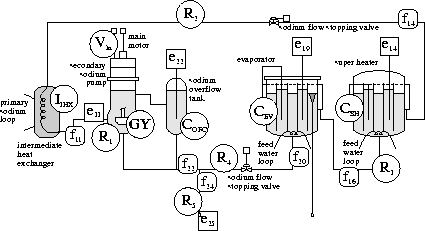
Figure 15: Secondary sodium cooling loop.
Our transient-based diagnosis scheme has been successfully applied to a number of different hydraulic systems (see http://129.59.101.251:8080/ for a working version of the system) [14]. As an example, we illustrate its application to the secondary cooling loop of a fast breeder reactor (Fig. 15). The need for a qualitative approach in this system is motivated by its high-order (six), nonlinearity, and the non availability of precise and real-time numerical simulation models. The precision of flow sensors is limited because of signal noise, and achieving hardware redundancy by installing flow sensors is expensive.

Figure 15: Secondary sodium cooling loop.